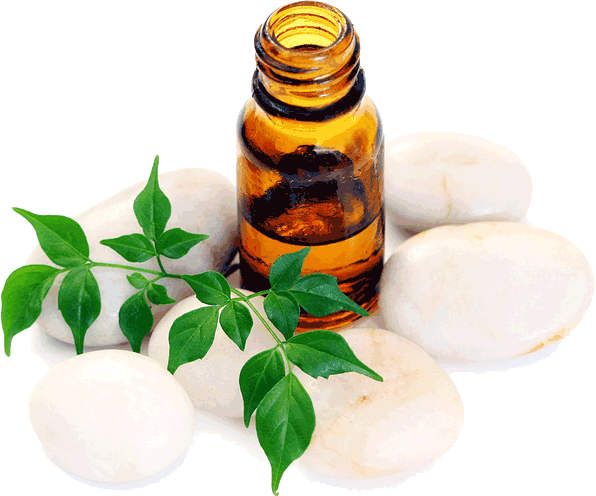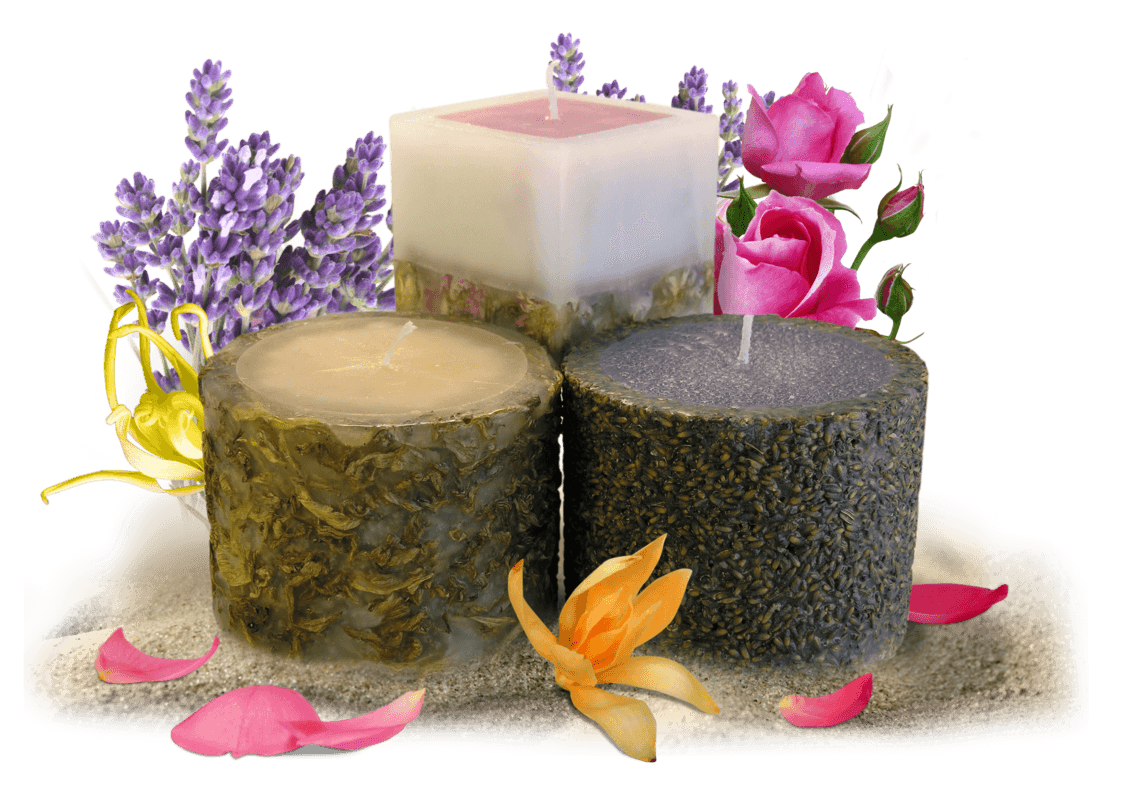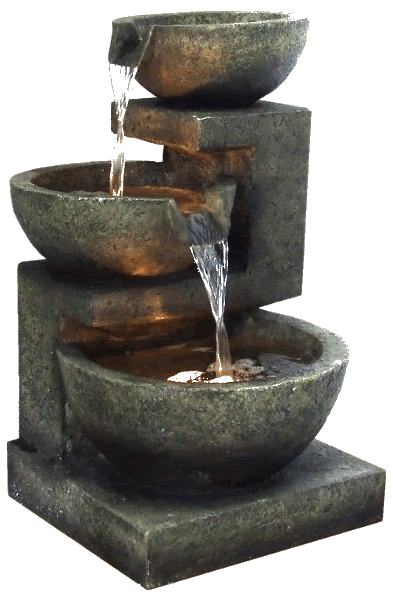What is Aromatherapy?

Aromatherapy is the practice of using volatile plant oils, including essential
oils, for psychological and physical well-being.
Essential oils, the pure essence of a plant, have been found to provide both psychological and physical benefits
when used correctly and safely. The Essential Oil Profiles area details over 90 essential oils.
Absolutes, CO2s and Hydrosols
are also commonly utilized in aromatherapy. Although essential oils, CO2 extracts and absolutes are distilled by different methods, the term essential oil is sometimes used as a blanket term to include all natural, aromatic, volatile, plant oils including CO2s and absolutes.
In addition to essential oils, aromatherapy encourages
the use of other complementary natural ingredients including cold
pressed vegetable oils, jojoba (a liquid wax), hydrosols, herbs,
milk powders, sea salts, sugars (an exfoliant), clays and muds.
Products that include synthetic ingredients are
frowned upon in holistic aromatherapy. It is important to note that
perfume oils also known as fragrance
oils (and usually listed as "fragrance" on an ingredient
label) are not the same as essential oils. Fragrance oils
and perfume oils contain synthetic chemicals and do not provide
the therapeutic benefits of essential oils.
Buyer Beware:
The United States does not regulate the use of the word aromatherapy on product packaging, labeling or in product advertising, so any product can be marketed as a product suitable for aromatherapy. There are quite a few products on the market that contain unnatural ingredients including fragrance oils and claim to be aromatherapeutic. It's important to look at the ingredient label when seeking true aromatherapy products.
Also, use caution with marketing claims that state
a product is "Made With Essential Oils" or "Made
With Natural Ingredients." Claims like these do not state that the product is only made with the ingredient(s) specified.
Such products may contain heavy proportions of synthetic fragrance oils and only contain a minute quantity of essential oil to simply
be able to profess the "Made With Essential Oils" claim.
Don't let false marketing hype scare you away from the benefits of holistic aromatherapy. By exploring AromaWeb and other aromatherapy resources, you can learn how to safely use
just a few essential oils and start gaining the benefits of aromatherapy. If you realize you hold an even deeper interest, you can learn to make your own products and control the exact ingredients included in your own personal aromatherapy products.

The Benefit of an Aroma
~ Inhaling Essential Oils
Essential oils that are inhaled into the lungs offer both psychological and physical benefits. Not only does the aroma of the natural essential oil stimulate the brain to trigger a reaction, but when inhaled into the lungs, the natural constituents (naturally occurring chemicals) can supply therapeutic benefit. Diffusing eucalyptus essential oil to help ease congestion is a prominent example.
Essential oils that are inhaled into the lungs offer both psychological and physical benefits. Not only does the aroma of the natural essential oil stimulate the brain to trigger a reaction, but when inhaled into the lungs, the natural constituents (naturally occurring chemicals) can supply therapeutic benefit. Diffusing eucalyptus essential oil to help ease congestion is a prominent example.
If not done correctly and safely,
however, the use of essential oils can have severe consequences.

The Benefit of Physical Application
Essential oils that are applied to the skin can be absorbed into the bloodstream. The constituents of essential oils can aid in health, beauty and hygiene conditions. Since essential oils are so powerful and concentrated, they should never be applied to the skin in their undiluted form. To apply essential oils to the skin, essential oils are typically diluted into a carrier such as a cold pressed vegetable oil, also known as a carrier oil. Common carrier oils include sweet almond oil, apricot kernel oil and grapeseed oil. A more detailed definition of Carrier Oils is found on the What are Carrier Oils page. A detailed list of carrier oils and their properties can be found on the Carrier Oils Used in Aromatherapy properties page.
Essential oils that are applied to the skin can be absorbed into the bloodstream. The constituents of essential oils can aid in health, beauty and hygiene conditions. Since essential oils are so powerful and concentrated, they should never be applied to the skin in their undiluted form. To apply essential oils to the skin, essential oils are typically diluted into a carrier such as a cold pressed vegetable oil, also known as a carrier oil. Common carrier oils include sweet almond oil, apricot kernel oil and grapeseed oil. A more detailed definition of Carrier Oils is found on the What are Carrier Oils page. A detailed list of carrier oils and their properties can be found on the Carrier Oils Used in Aromatherapy properties page.
Other Benefits
In addition to therapeutic benefit at the emotional and physical level, essential oils are helpful in other applications. Essential oils can be used in household and laundry cleaners. Some oils act as a natural insect repellent and pesticide. You may recall using citronella candles during the summer to keep mosquitoes away. Citronella essential oil is the ingredient in the candles that is responsible for repelling the mosquitos. Visit the Essential Oil Uses page for additional information on ways that you can use essential oils.
In addition to therapeutic benefit at the emotional and physical level, essential oils are helpful in other applications. Essential oils can be used in household and laundry cleaners. Some oils act as a natural insect repellent and pesticide. You may recall using citronella candles during the summer to keep mosquitoes away. Citronella essential oil is the ingredient in the candles that is responsible for repelling the mosquitos. Visit the Essential Oil Uses page for additional information on ways that you can use essential oils.
Essential Oil Blends
Essential oils can be blended together to create appealing and complex aromas. Essential oils can also be blended for a specific therapeutic application. Essential oils that are carefully blended with a specific therapeutic purpose in mind may be referred to as an essential oil syngery. A synergistic essential oil blend is considered to be greater in total action than each oil working independently. AromaWeb's Recipes area offers a variety of recipes and synergies.
Essential oils can be blended together to create appealing and complex aromas. Essential oils can also be blended for a specific therapeutic application. Essential oils that are carefully blended with a specific therapeutic purpose in mind may be referred to as an essential oil syngery. A synergistic essential oil blend is considered to be greater in total action than each oil working independently. AromaWeb's Recipes area offers a variety of recipes and synergies.
About Aromatherapy Products
Not all ready-made aromatherapy products labeled with the word aromatherapy are pure and natural. Products that contain artificial ingredients do not provide true aromatherapy benefits. At worst, they provide no benefit or be harmful. At best, they provide only a fraction of the benefit that natural products supply. Buyers seeking true aromatherapy products must look at the ingredient label to ensure that the product does not contain fragrance oils or unpure (chemical) components. A general rule-of-thumb is to be wary of products that do not list their ingredients and those that do not boast of having pure essential oils (look for products that contain pure essential oils on their ingredient list and avoid those that have words like fragrance). A note, however, is that some sellers of good-quality aromatherapy blends do not list their ingredients because they are worried that others may copy their creation. By asking the seller more about the blend, and listening to how they respond, you should have a better idea about the quality of the blend being sold. Good suppliers should be happy to provide you with a list of the ingredients. They understand that some individuals must avoid particular oils due to health problems.
Not all ready-made aromatherapy products labeled with the word aromatherapy are pure and natural. Products that contain artificial ingredients do not provide true aromatherapy benefits. At worst, they provide no benefit or be harmful. At best, they provide only a fraction of the benefit that natural products supply. Buyers seeking true aromatherapy products must look at the ingredient label to ensure that the product does not contain fragrance oils or unpure (chemical) components. A general rule-of-thumb is to be wary of products that do not list their ingredients and those that do not boast of having pure essential oils (look for products that contain pure essential oils on their ingredient list and avoid those that have words like fragrance). A note, however, is that some sellers of good-quality aromatherapy blends do not list their ingredients because they are worried that others may copy their creation. By asking the seller more about the blend, and listening to how they respond, you should have a better idea about the quality of the blend being sold. Good suppliers should be happy to provide you with a list of the ingredients. They understand that some individuals must avoid particular oils due to health problems.
More Information
Good sources for expanding your knowledge of aromatherapy include the following articles:
Good sources for expanding your knowledge of aromatherapy include the following articles:
History of Aromatherapy
What are Essential Oils?
Is All the Hype True?
Safety Information
Uses for Essential Oils
Tips for Beginners
Expanding your Aromatherapy Education
Aromatherapy Diffusers
General Glossary


No comments:
Post a Comment